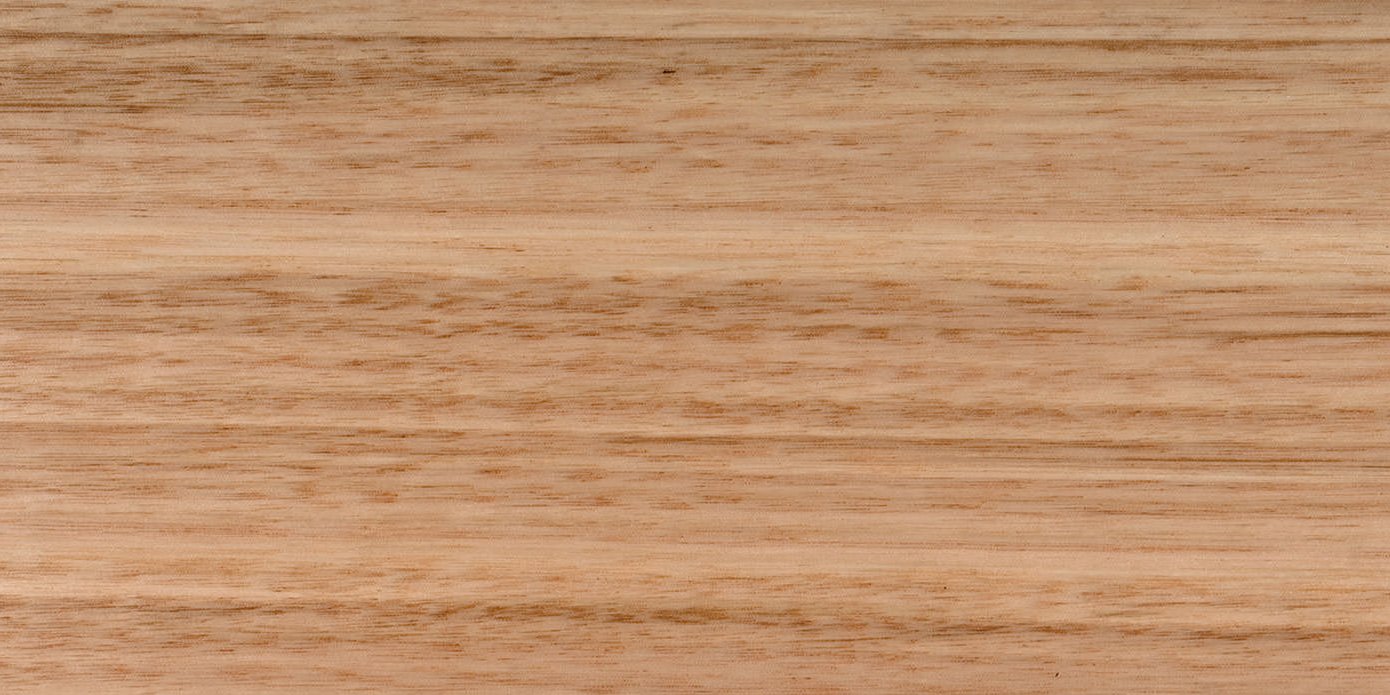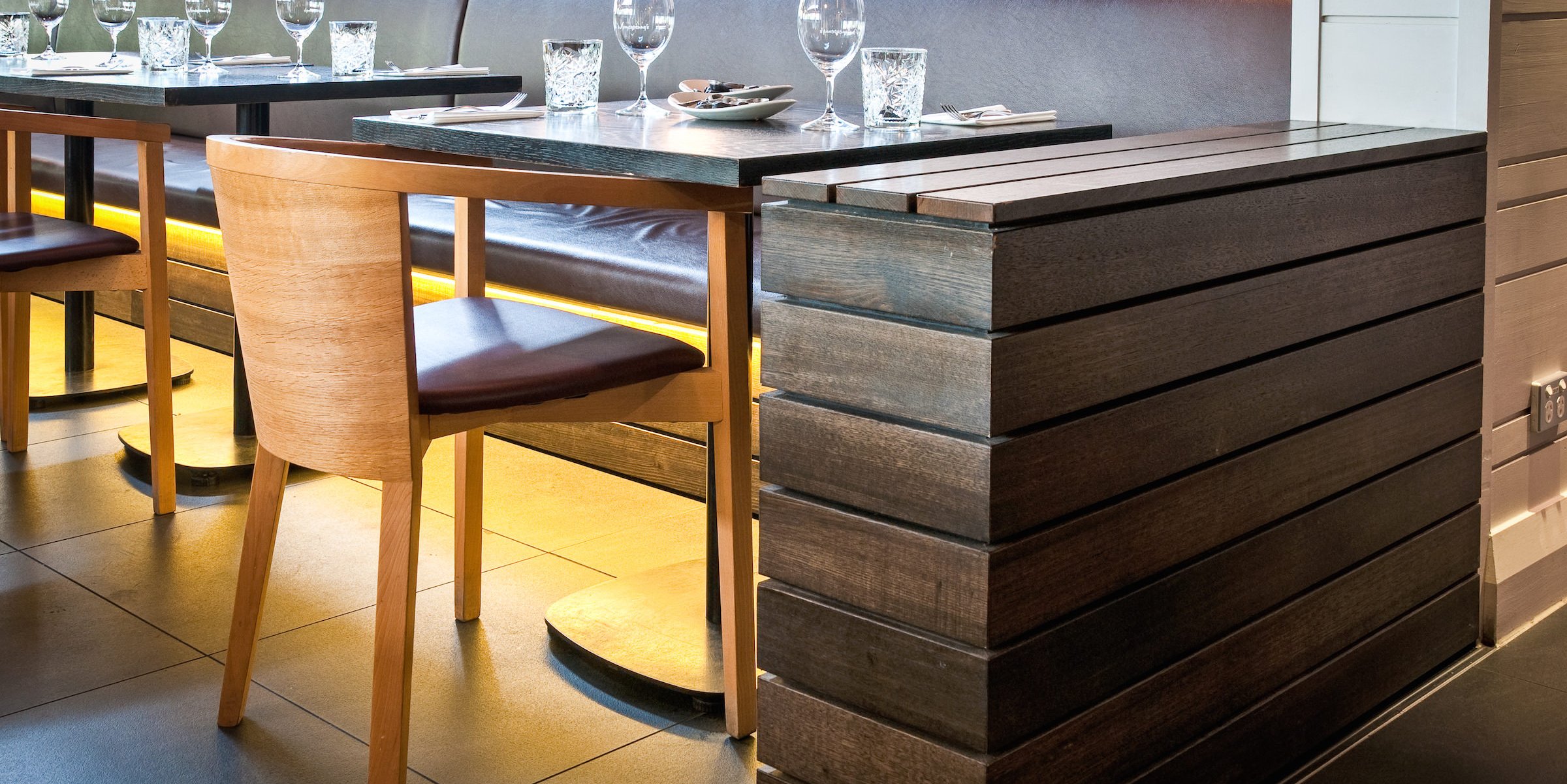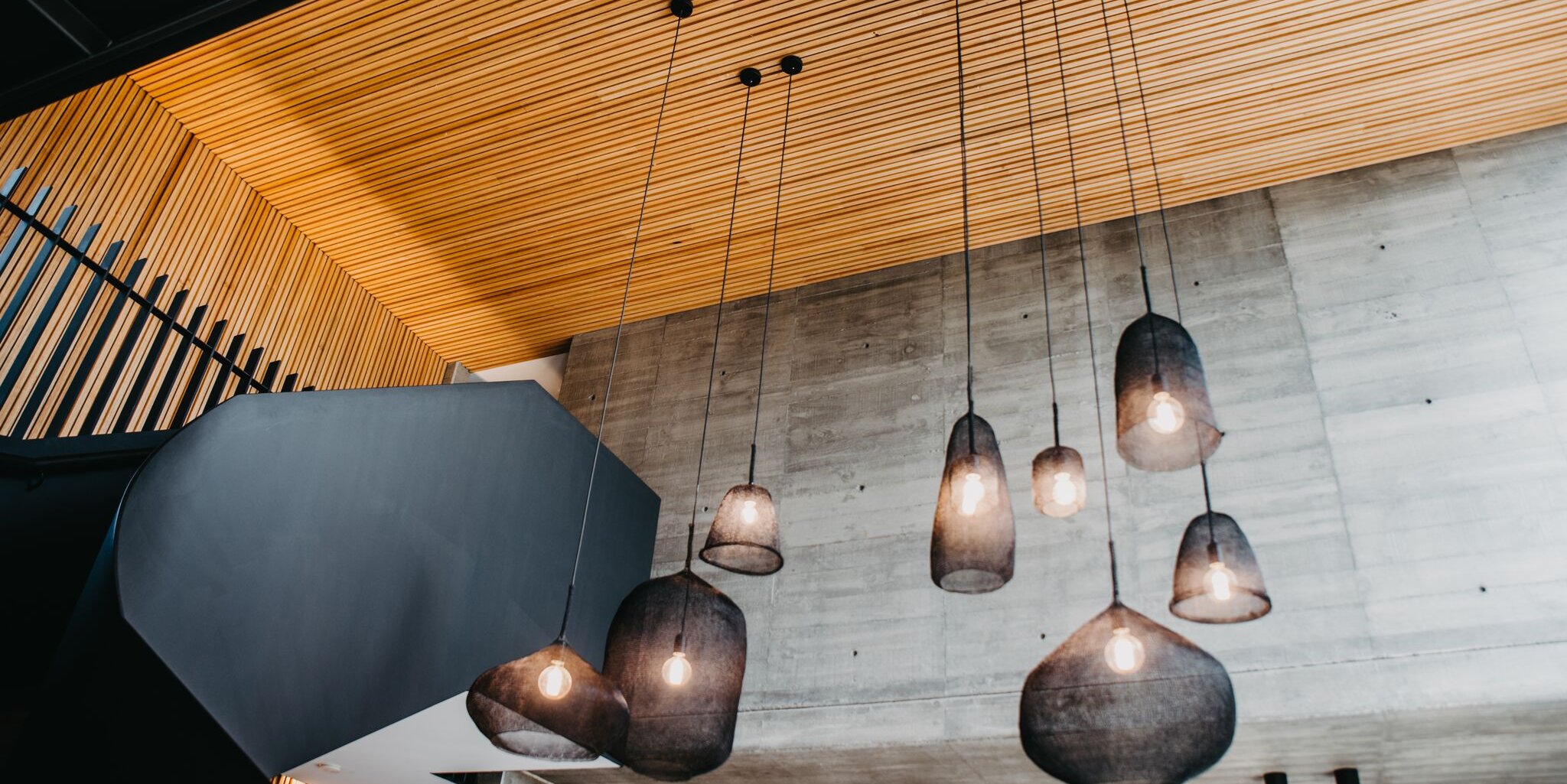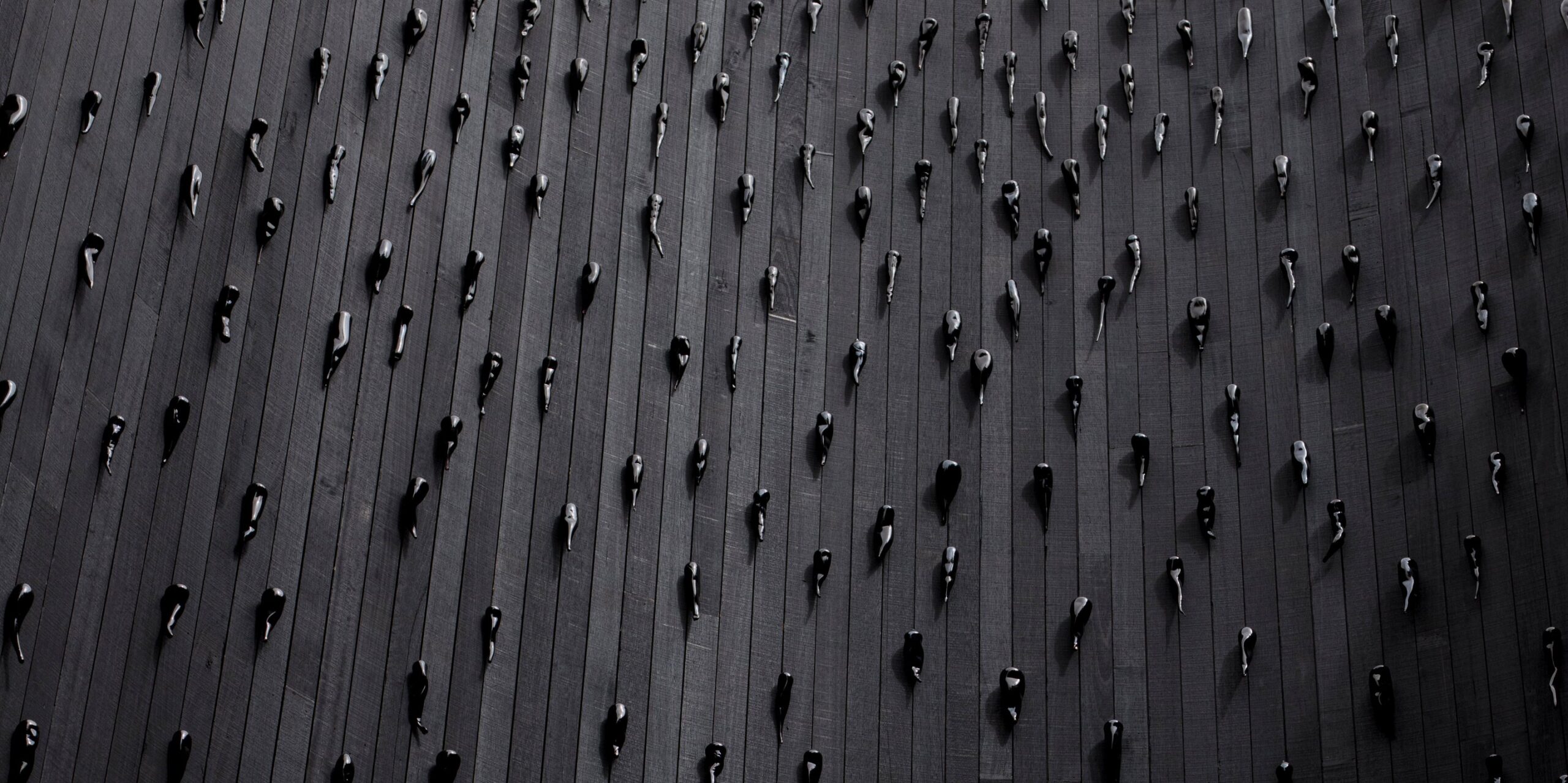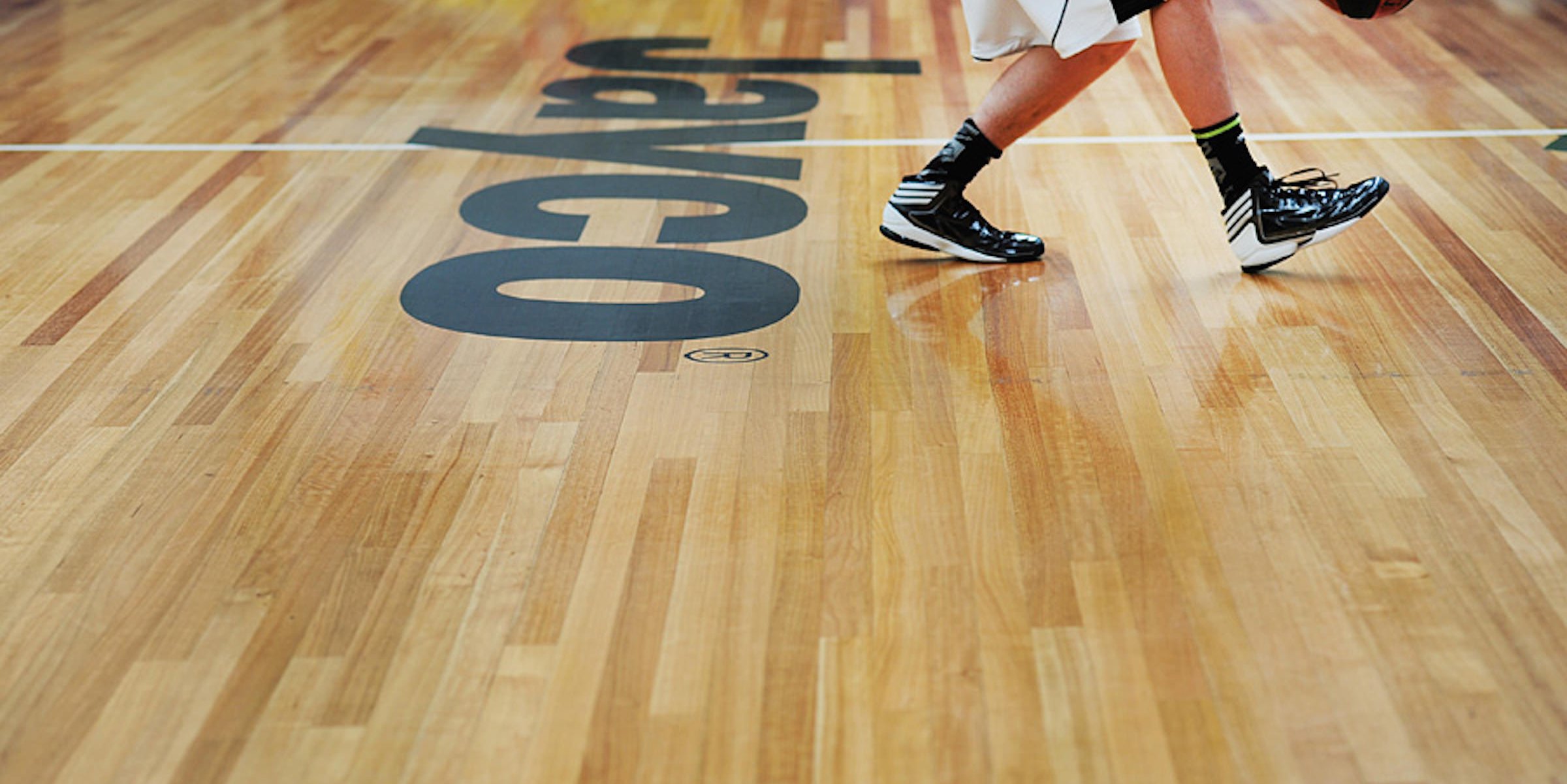This magnificent home is noted as being the ‘birthplace’ of European settlement in Tasmania’s north-west. Highfield House has incredible historic significance, and as such, its restoration requires incredible care.
In 1826 a group of Van Diemens Land Company settlers arrived on Tasmania’s rugged northwest coast. They came to develop a giant 250,000-acre land grant, as decreed by King George IV’s Royal Charter of 1825, into the largest and finest wool-growing venture the world had ever seen.
They arrived with livestock, supplies and equipment, and in 1832, using convict labour, the Chief Agent of the VDL Company, Edward Curr, started the construction of the company headquarters, Highfield House, situated on the windy promontory overlooking the “nut” and township of Stanley.
Highfield is no longer a wool-growing property. But the outbuildings, previously used as a shearing shed, hay barn and company store may soon be as busy as ever – as a function space.
The Tasmanian Government purchased the property in the early 1980’s and for the last 20 years Government funding has seen the Highfield Historic Site undergo a significant restoration.
Britton Timbers were engaged to find a solution for replacing the barn floor. The timber (Tasmanian Oak) had to be local, finished in a way that would blend in aesthetically with the rest of the heritage-listed site, and be of a quality that would last for more than 100 years as the previous Tasmanian Oak floor had.
Britton’s representatives worked with the heritage officers at the Highfield Historic Site, managed by the Tasmania Parks and Wildlife Service, to come up with a solution that would appropriately emulate a convict-laid barn floor.
<h4>“It was important that it maintained the look of the heritage buildings and the timber could be laid on the existing floor, which was made of old slatted Tasmanian Oak in disrepair,” said Britton Timbers Sales Account Manager, Haydn Nicholls.</h4>
Tasmanian oak was rough-sawn and then dressed on only three sides, leaving the visible face rough. Six samples were then sent to a local timber artisan who brushed and sanded each sample to varying degrees.
“The heritage officers then selected the sample that achieved the desired look, and we processed the required amount of timber to that specification. The boards were then installed by local building contractor Bishop Constructions and oiled with a tung oil.”
Site coordinator, Lesa Scott, said that she was very happy with the result.
“Originally we had wanted to refurbish the existing floorboards, but they were not in good enough condition. When we have to replace something in an 1828 building on a heritage listed site, we aim to replace like with like.”
“We also needed something functional. The space is used for various functions, predominantly wedding receptions, so the floor needs to be hard wearing, stable and easy to clean.
“We wanted materials that would stand up to the test of time but blend in aesthetically with the heritage of the site.
<h4>“Our heritage officer worked with Britton Timbers to find exactly the right finish. The rough sawn Tasmanian oak blends in beautifully with the existing timber on site. “The result is a floor that sits sympathetically with its surrounds, but that will hopefully last another 180 years.”</h4>
They obviously got it right. The Highfield Historic Site was recognised for excellence in heritage conservation for the refurbishment in the Tidy Town Awards announced in September.
